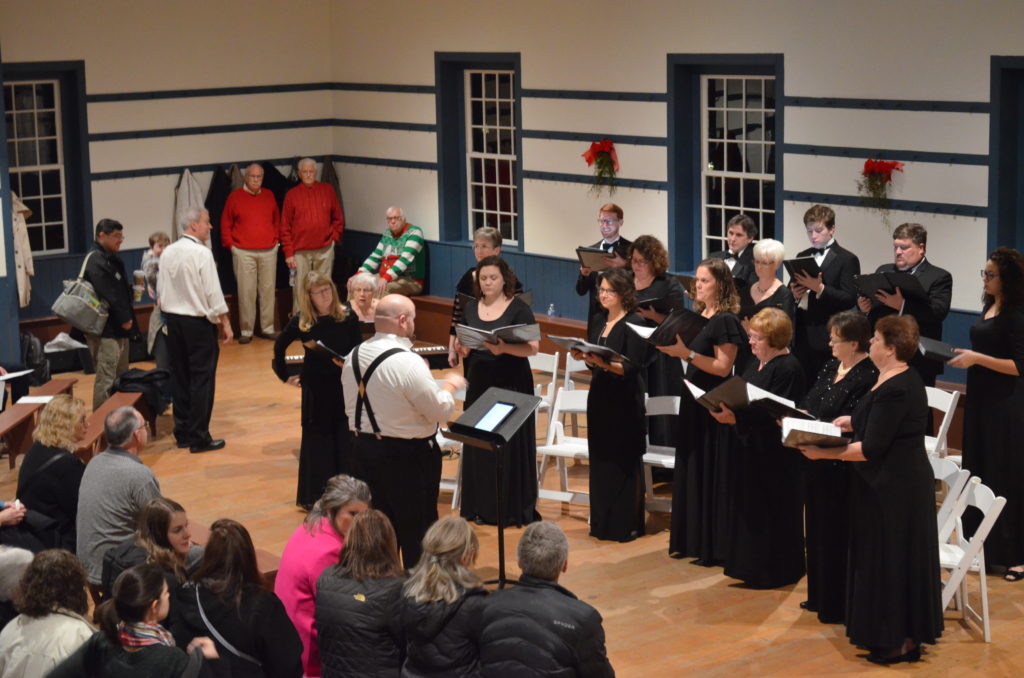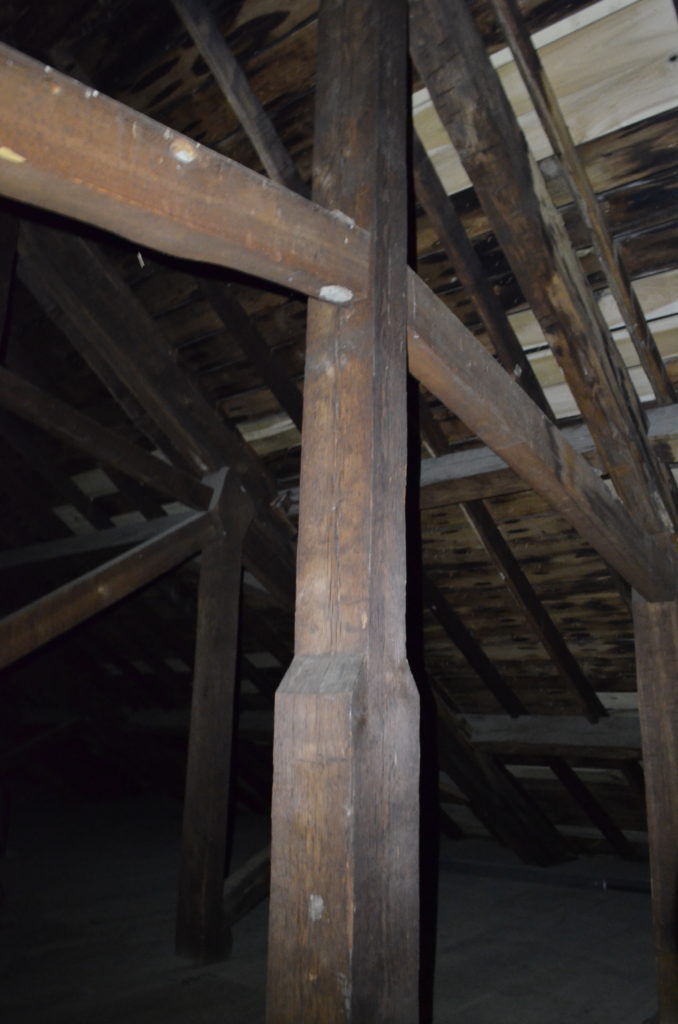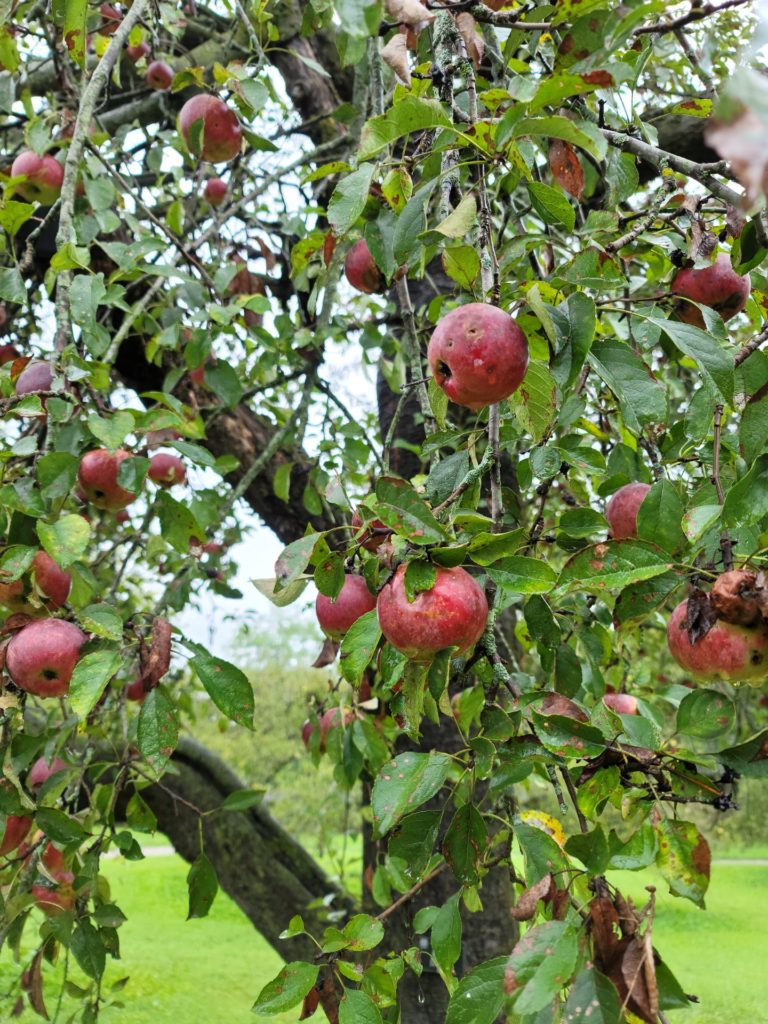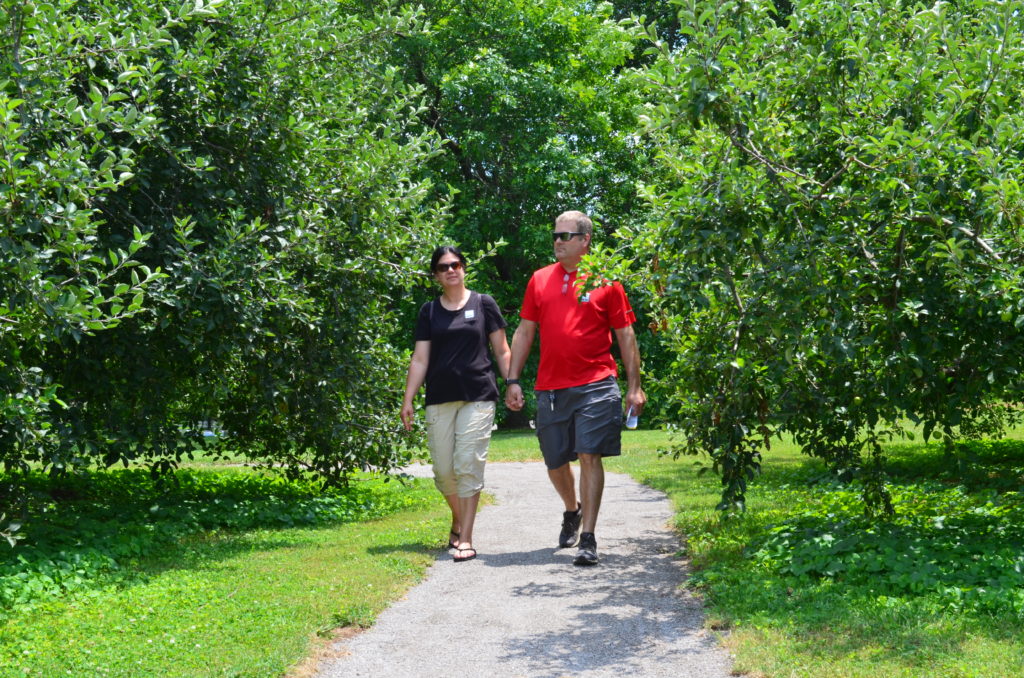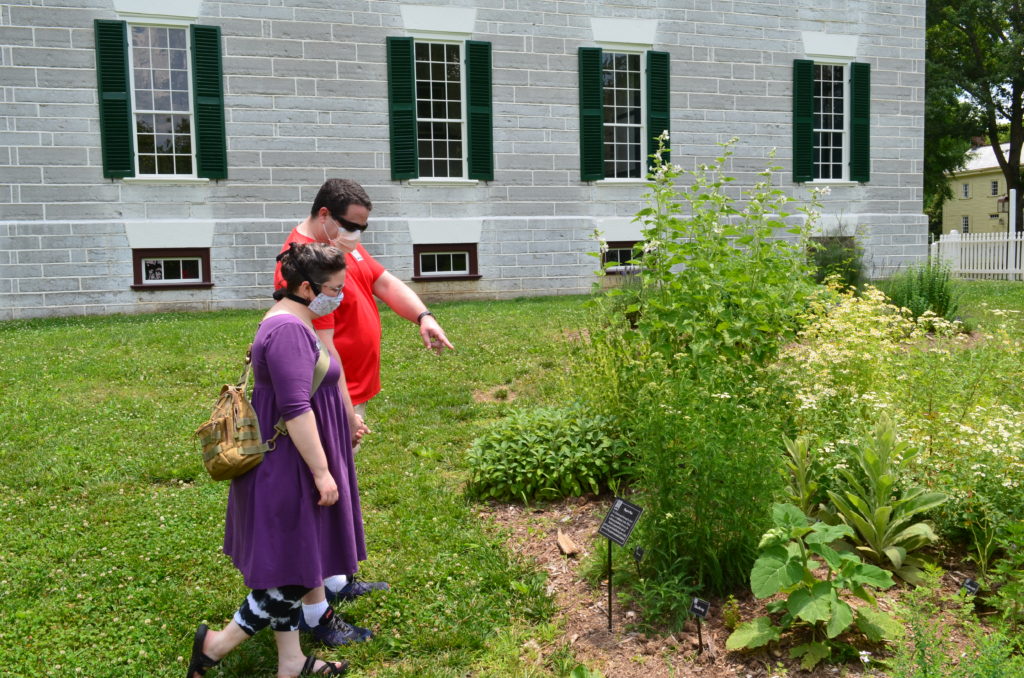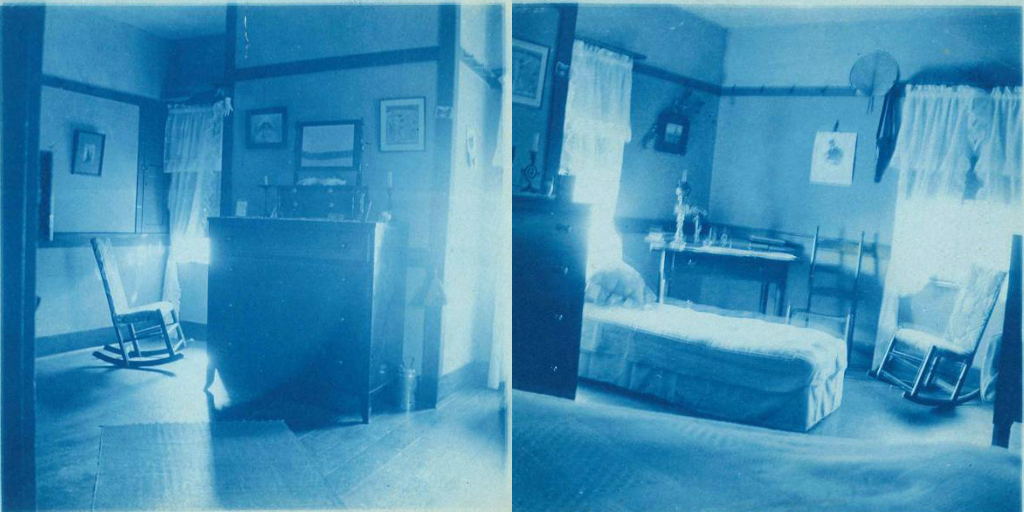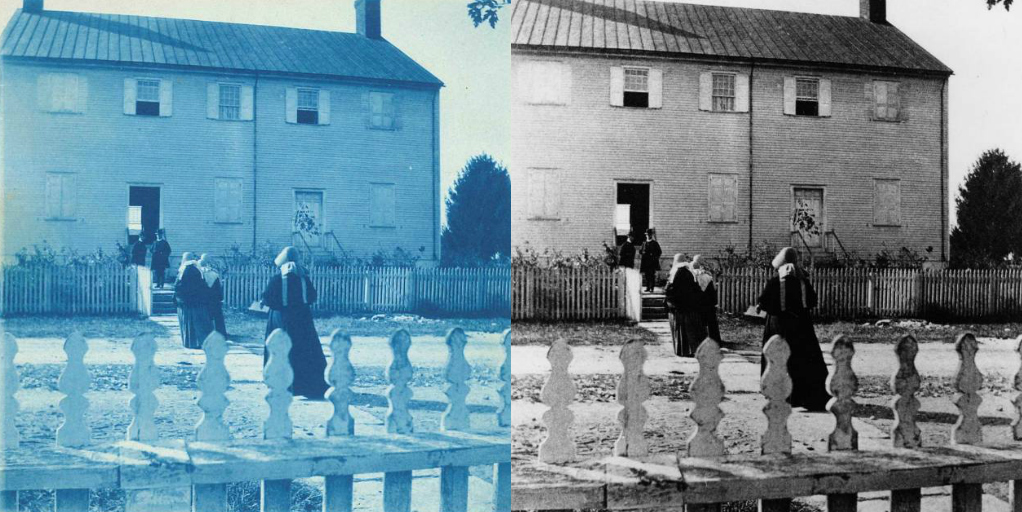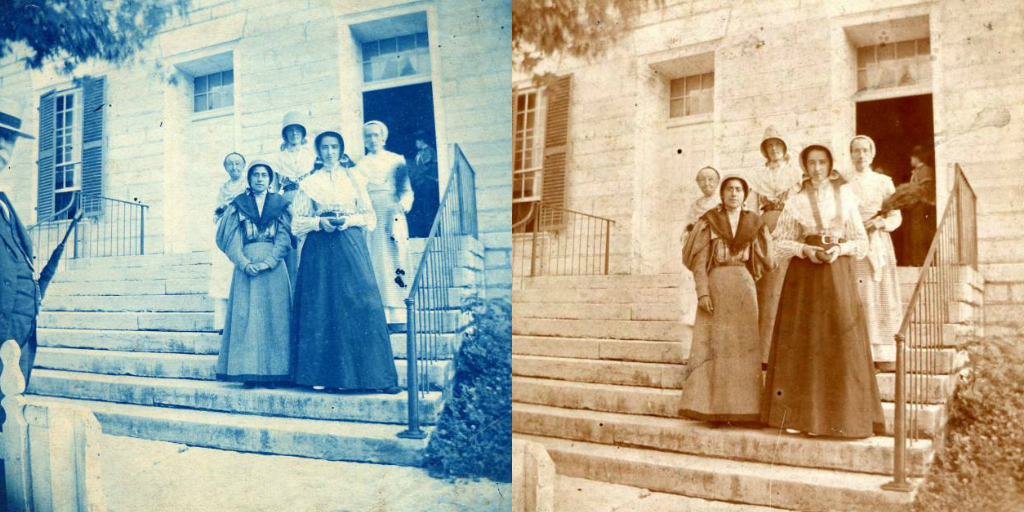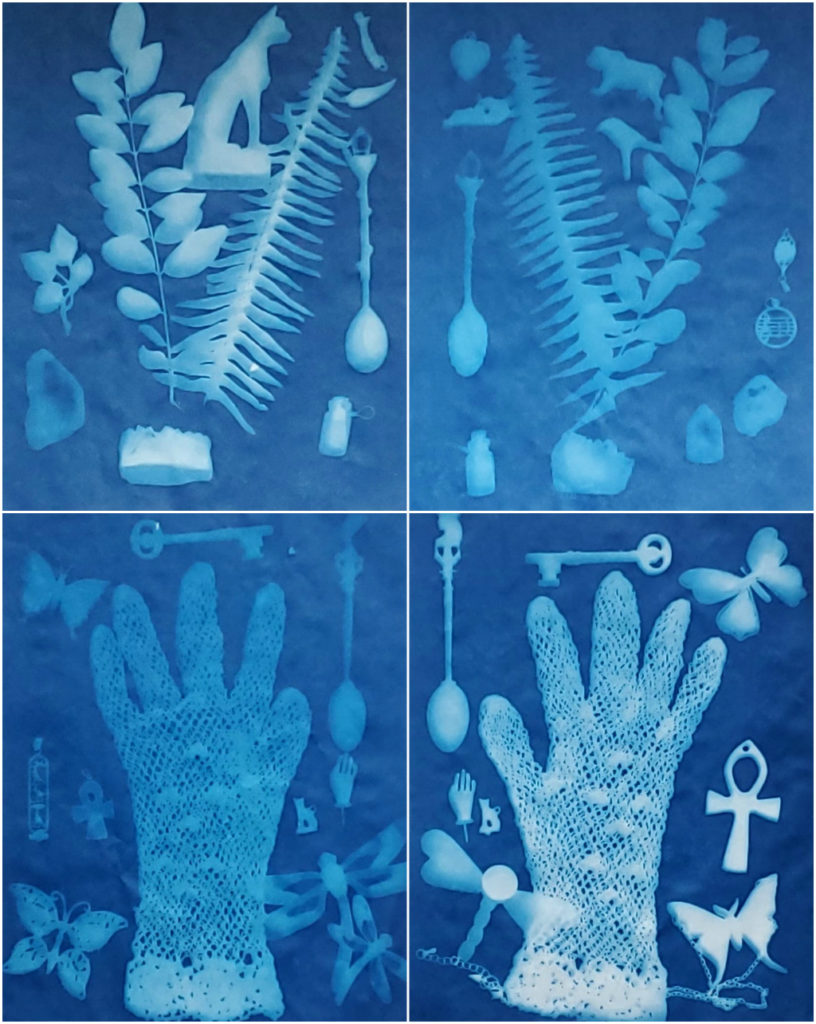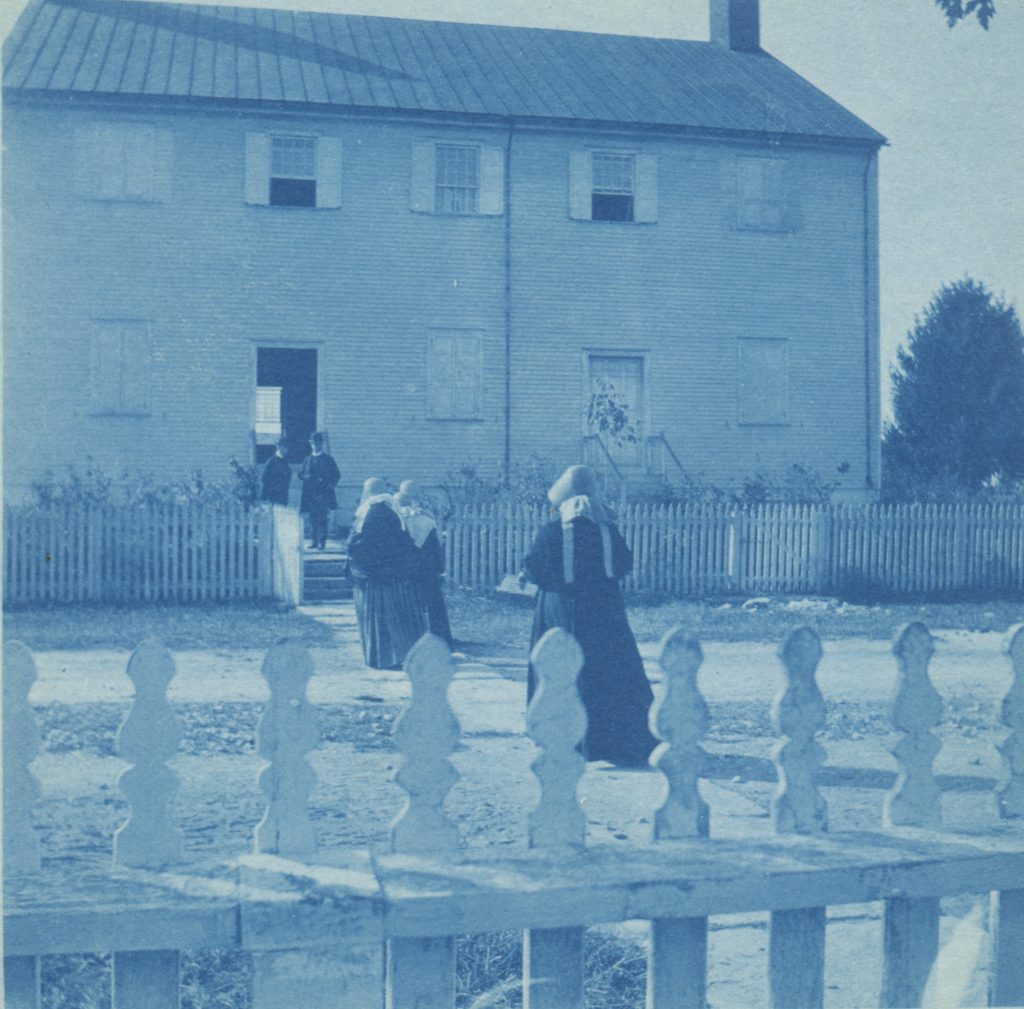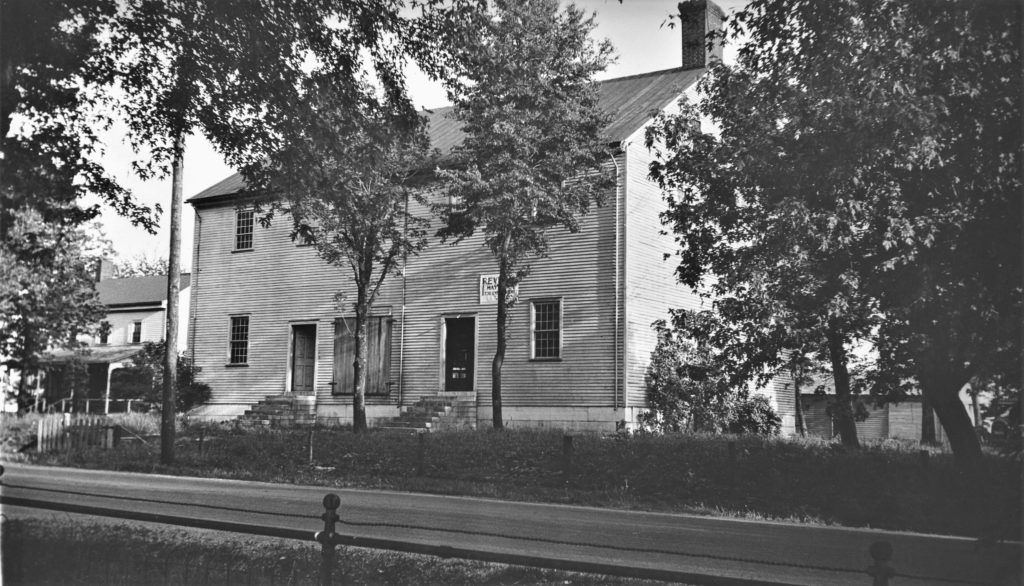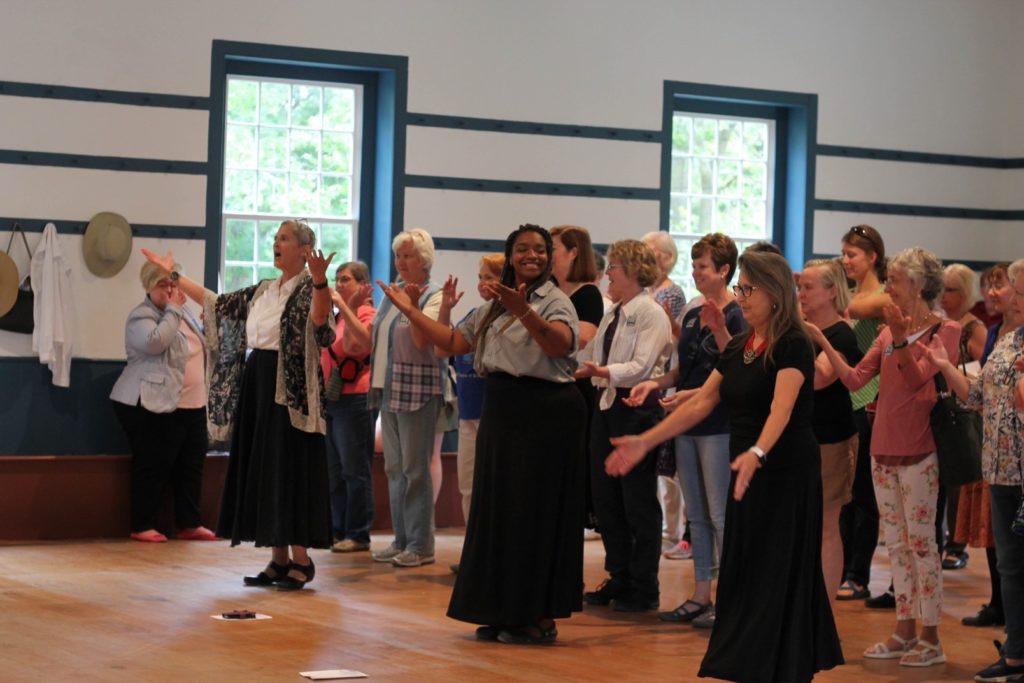Laura Webb, Program Specialist
“Research is formalized curiosity. It is poking and prying with a purpose. ”
– Zora Neale Hurston
When you think of a library, what comes to mind? Most people immediately think of their local public library, or perhaps their school or university library: a place where books and other materials can be browsed and checked out, and that has a large window of time in which the general public can come and go at will.
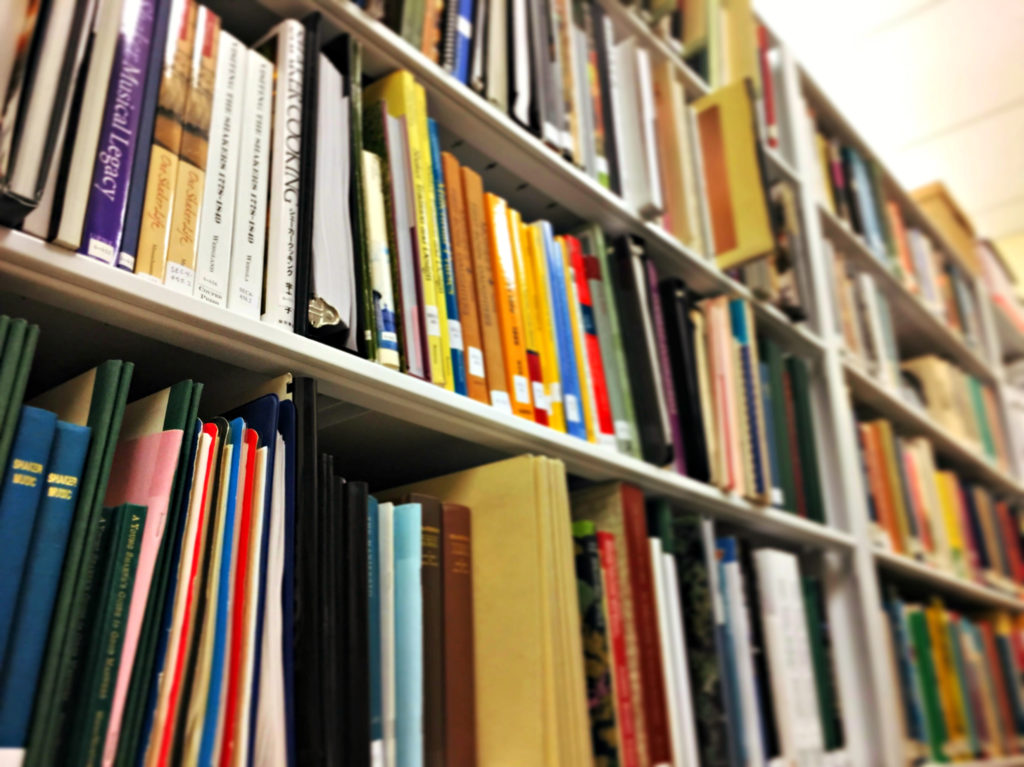
The above types are known as lending libraries or circulating libraries – that is, material can circulate (i.e., be borrowed from the library and leave the premises for a set amount of time). But did you know that there are multiple types of libraries? Pleasant Hill has our own library as part of our collections, and this library is a non-circulating, research library. What does this mean?
As you might have guessed, non-circulating means that our materials can be referenced within our collections storage building, but don’t leave the premises. Many public libraries have reference sections or reading rooms that contain non-circulating material. Research libraries serve a very particular purpose; that is, to aid in the research of a topic or range of topics. Therefore, while your local public library may have books on every topic and in every genre under the sun, ours focuses on material that will aid in research related specifically to Pleasant Hill. However, that doesn’t mean that we only have material about Pleasant Hill Shakers!
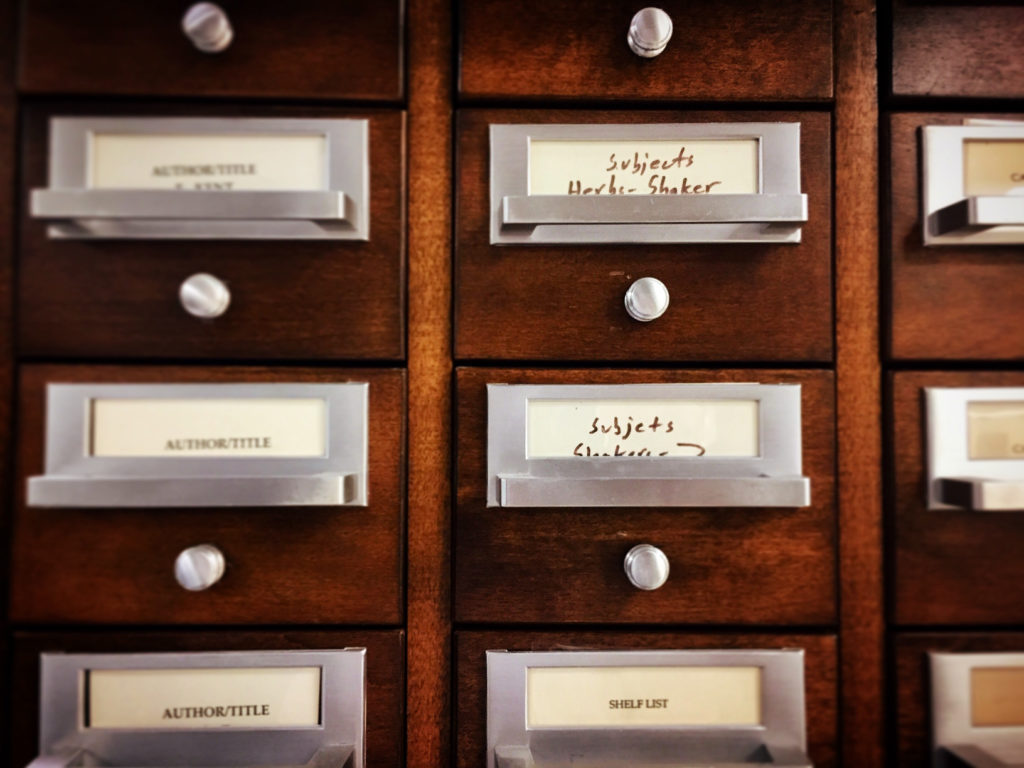
Some of our material includes works about:
- Other Shaker communities
- Other utopian and communal societies and groups
- Kentucky and the surrounding region – its history, geography, ecology, and society
- The ID and care of different types of artifacts (such as textiles, tools, and furniture)
- Collections and historic site management and interpretation
- The process of creating Shaker-style handicrafts
…and more! Not to mention fictional works about (or “inspired by”) the Pleasant Hill Shakers – including, oddly, quite a few paperback romance novels. These works assist in our research at SVPH – both internally, to develop interpretation and other programs, and externally, when we host outside researchers.
Our library also includes Special Collections – that is, works that are now rare, have special handling requirements, or both. This is where you’ll find most of our antique books with cool-looking covers, among other things.
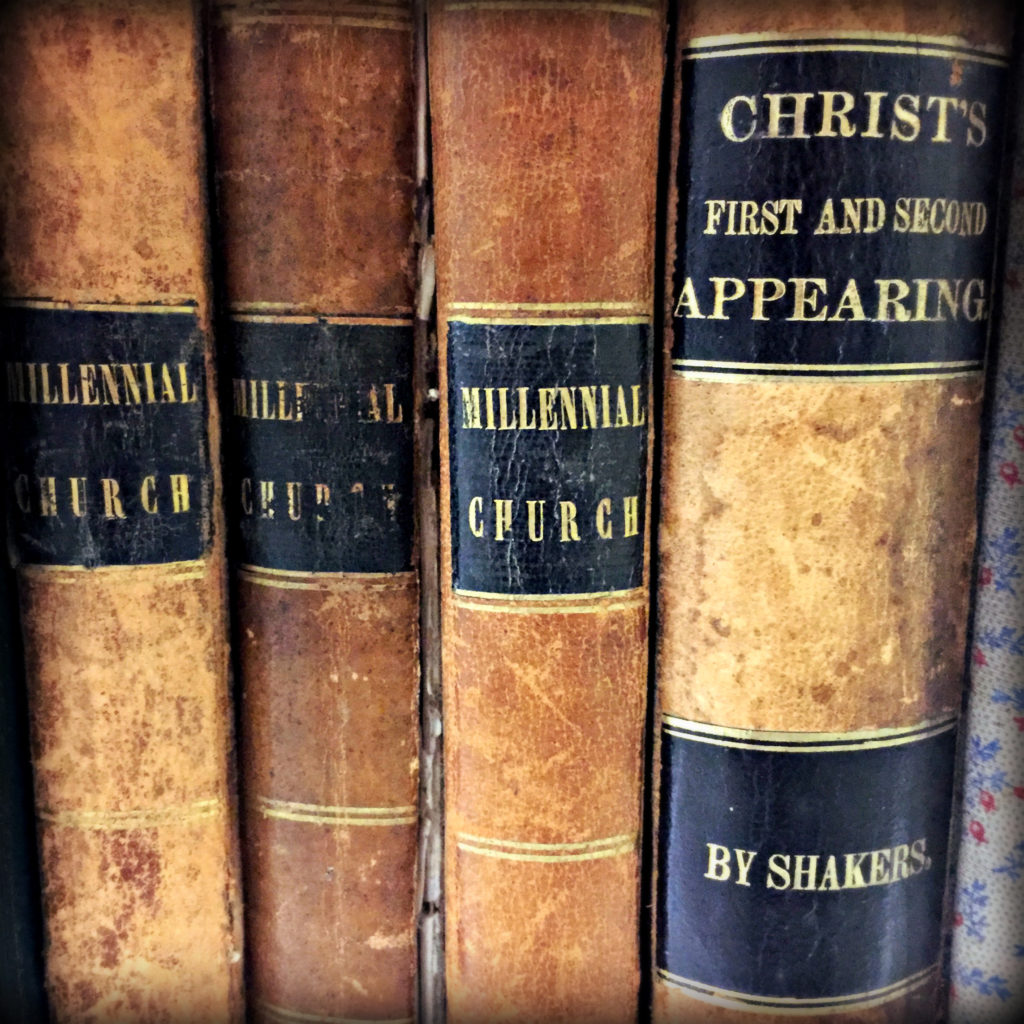
So, if our library includes antique publications, what is the difference between a library and an archive? Archives typically contain one-of-a-kind documents or original works – for example, a personal letter, manuscript draft, or even home video. These items were usually things that were privately made and held, rather than published and sold. While libraries also include documentary artifacts, these documents – regardless of if they’re circulating or non-circulating – are usually not one-of-a-kind (or, at least, were not at the time of their creation). Think of books, films, and music you’d be able to buy at a store when they were new.
As I’ve been going through our research library holdings for our NEH digitization project, I’ve been proofreading entries, adding additional information where feasible, and creating cross-references between related materials (such as other works in a series, works by the same author, or multiple copies or editions of the same work). When this catalog is available online, I hope you’ll have fun browsing our virtual stacks!
Shaker Village of Pleasant Hill was awarded a CARES grant through The National Endowment for the Humanities in June 2020. Funding from this grant award supported two activities to enhance digital humanities initiatives at SVPH, including Laura Webb’s work to review our collection records and prepare them for publishing in a public digital database.
